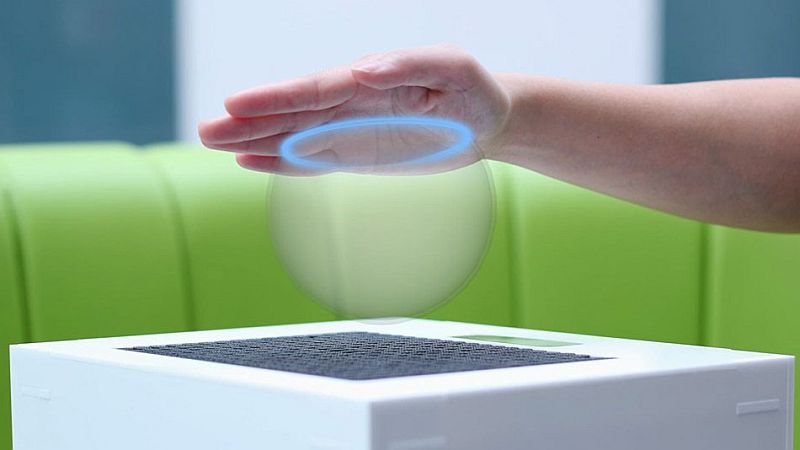Scope

Haptics research has permeated many disciplines and application areas. Early efforts in haptics focused on sensory substitution: stimulating the sense of touch to convey imagery or speech for individuals with visual and/or auditory impairments. With the advent of force-feedback devices, there has been renewed interest in using haptic interfaces in teleoperator systems and virtual environments. Most recently, touchscreen displays and wearable devices have been capturing the attention of haptics researchers.
The successful deployment of haptic interfaces requires continuing advances in hardware design, control, software algorithms, as well as our understanding of the human somatosensory system. Priority areas include, but are by no means limited to:
- Devices and technology
- Tactile display and tactile sensing
- Haptic rendering
- Perception and psychophysics
- Neuroscience
- Haptic cognition
- Multimodal perception
- Sensory guided motor control
- Haptic Communication
Haptic feedback has exciting applications in entertainment, gaming, medicine, rehabilitation, education, data perceptualization, art, rapid prototyping, remote collaboration, and many other areas.

Ultrasound haptic feedback (credit Ultraleap)
Mission
The goals of the IEEE Haptics TC are to integrate the diverse interests of the highly interdisciplinary haptics research community and to improve communication among the different fields. It will serve to coordinate the scheduling of major haptics conferences, facilitate special conference sessions and journal issues on haptics, organize tutorials focused on haptics, and contribute towards the IEEE Transactions on Haptics.